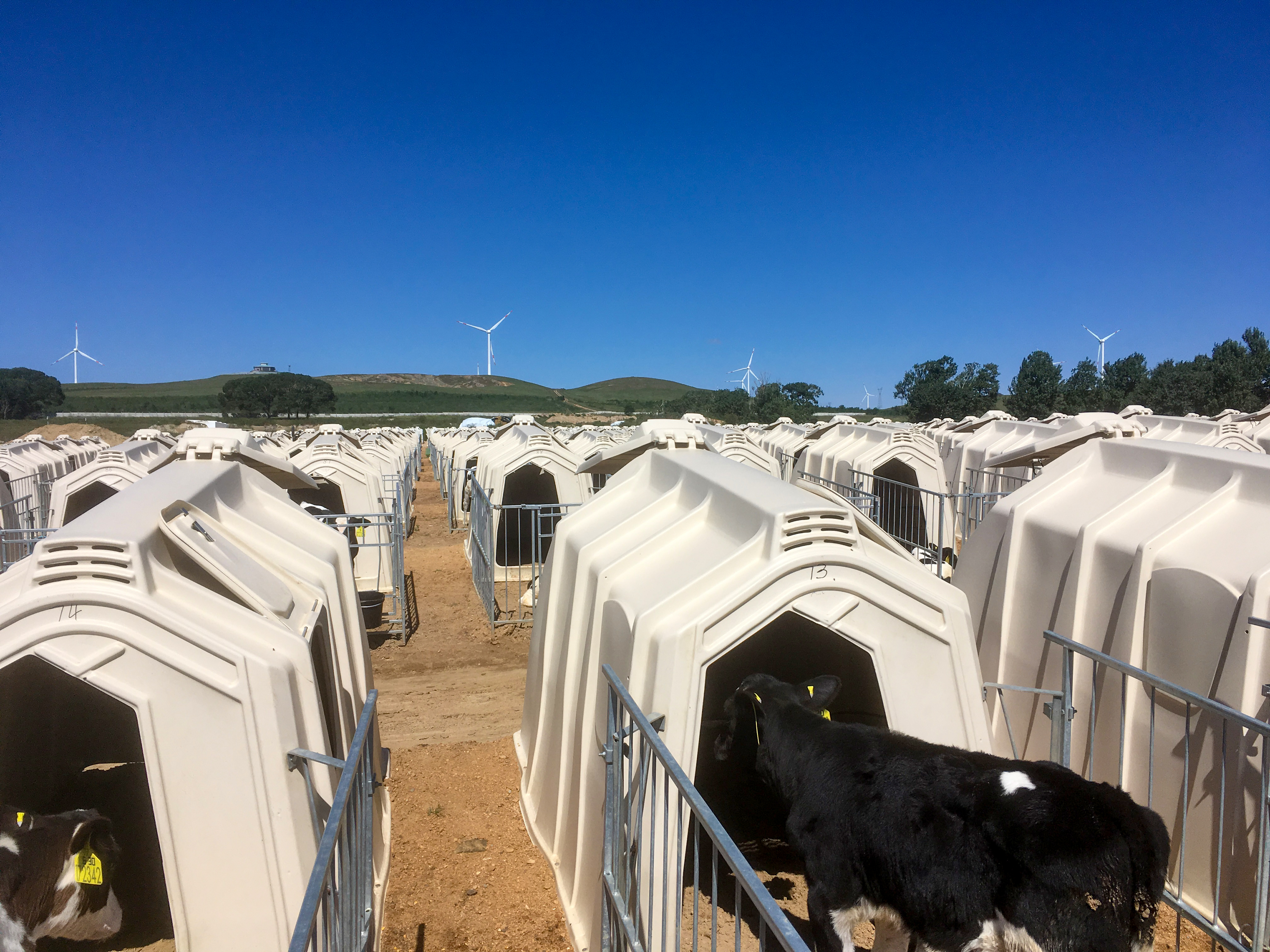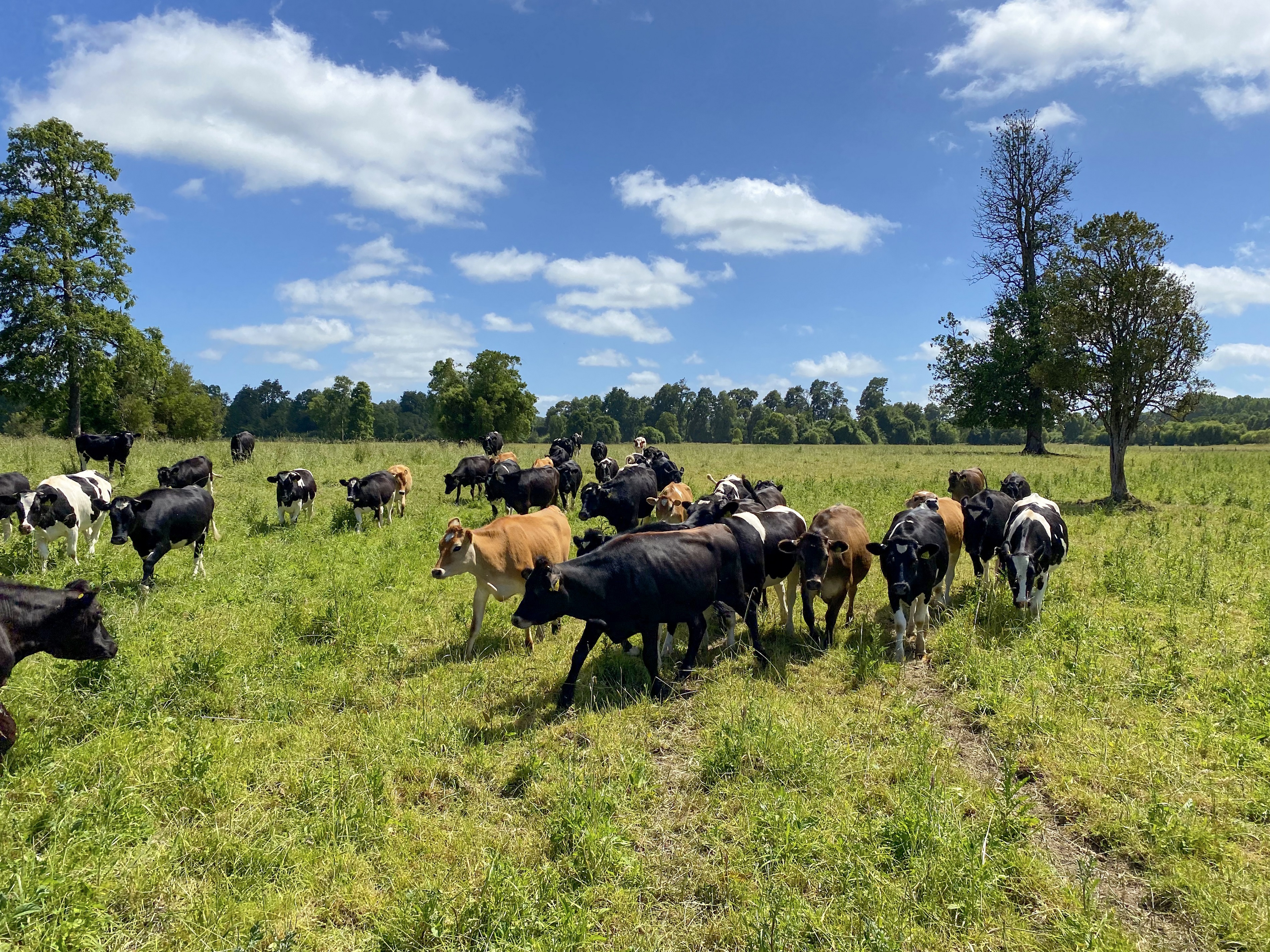Estonia, Latvia and Lithuania. Dairy farming is not the association most likely to spring to mind on hearing these three names. But that assumption is quite wrong according to Hielke Sportel. The area manager of CRV describes the dairy sector in the Baltic States as ‘a hidden gem’. Taken together, the three countries on the east coast of the Baltic Sea are home to close on 1.3 million dairy cows. Roughly half this number is farmed in Lithuania, while Latvia has around 400,000 cows and Estonia approximately 250,000.
With commercial dairy farms milking an average herd size of 450 cows and with high milk production and accurate registration, the dairy sector is like an elite sport. Sportel visits farms with 2500 cows and milking robots, as well as farms with a herd of 800 that graze outdoors. ‘The farms are just so well cared for here. Amazing. You can almost literally eat off the floor.’ Many of the dairy farms are owned by investors. ‘Estonia, for instance, is known as the “Silicon Valley” of Europe with inventions such as Skype. And what better way to invest your capital than in land?’
The fertile soil found in the Baltic States, however, means that dairy farmers have to compete against the - lucrative - production of arable crops. ‘To safeguard the profitability of dairy herds, dairy farms really have to run a tight ship. Also due to the low prices for milk here’, Sportel says. ‘They often operate against margins of one to two cents.’ Milk production in the Baltic States is therefore at a high level. ‘In the Netherlands, we think that 10,500 kg of milk is already high production, but here milk production of 12,000 to 13,000 kg is quite normal. In fact, Estonia currently has the highest milk production per cow in Europe.’
The key aspect for dairy farmers in Lithuania, Latvia and Estonia is maximum efficiency. ‘The bottom line is that bills have to be paid’, says Sportel. ‘But dairy farmers here operate in a different landscape than their colleagues in the Netherlands and Flanders. Milking a herd of one hundred cows is a very different ball game than a herd of one thousand. That’s ten times higher costs - including for labour.’ The relatively unknown image of Dutch genetics is not a positive when it comes to selling straws of semen. ‘The Netherlands is associated with small farms, small cows and modest production. The Baltic States are far more inspired by the North American philosophy of huge farms that produce unlimited quantities of milk.’
Despite that, the message of efficiency and health is gaining in popularity in the Baltic States. ‘Feed costs are incredibly important here. If a farmer can manage to reduce his costs by 10% by breeding for improved feed efficiency, that is a substantial saving’, indicates Sportel. The same applies to health. ‘On large farms, cows with hoof problems can’t be treated forever. It really is the “survival of the fittest” here. By giving higher priority to health traits, farmers can breed cows that can cope with production and last longer.’



